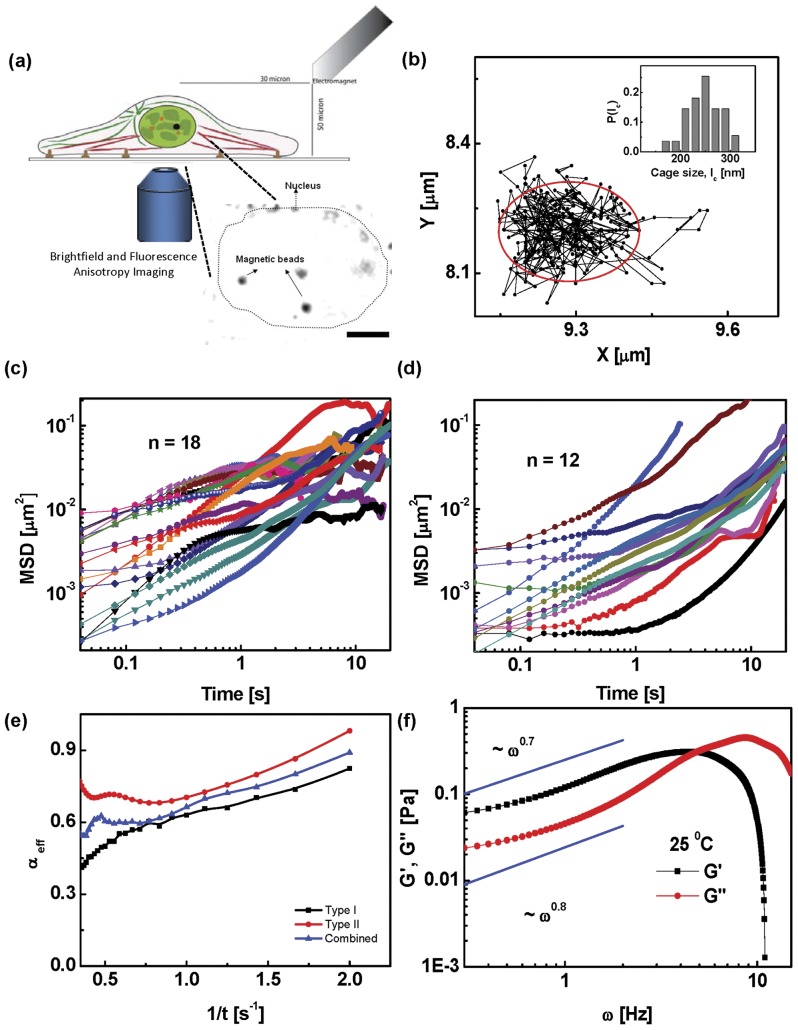Figure 1. Single particle tracking analysis of particles in the nucleus.
(a) Schematic of the experimental setup. An electromagnet mounted on a fluorescence microscope is used to apply forces on a  m paramagnetic bead microinjected into the nucleus. (Inset) Brightfield image of the nucleus showing microinjected magnetic beads. The dotted line represents the edge of the nucleus. Scale bar
m paramagnetic bead microinjected into the nucleus. (Inset) Brightfield image of the nucleus showing microinjected magnetic beads. The dotted line represents the edge of the nucleus. Scale bar  m. (b) Typical trajectory of a bead in the nucleus of a living cell at
m. (b) Typical trajectory of a bead in the nucleus of a living cell at  C showing caging behaviour. (Inset) Histogram of cage sizes
C showing caging behaviour. (Inset) Histogram of cage sizes  across
across  beads shows a narrow distribution about
beads shows a narrow distribution about  nm. (c & d) Mean square displacement versus time for beads in the nuclei of untreated cells in the absence of force.
nm. (c & d) Mean square displacement versus time for beads in the nuclei of untreated cells in the absence of force.  beads show Type I behaviour and
beads show Type I behaviour and  beads show Type II. (e) Mean effective exponent
beads show Type II. (e) Mean effective exponent  versus inverse time for Type I and II trajectories together with the combined data. (f) Shear and loss modulus,
versus inverse time for Type I and II trajectories together with the combined data. (f) Shear and loss modulus,  ,
,  (averaged over all beads) as a function of frequency
(averaged over all beads) as a function of frequency  . At low
. At low  , the response of the nucleus is elastic (
, the response of the nucleus is elastic ( ) and crosses over to a viscous response at higher
) and crosses over to a viscous response at higher  . Fits at low
. Fits at low  show that the nucleus behaves as a power-law solid at low frequencies.
show that the nucleus behaves as a power-law solid at low frequencies.

